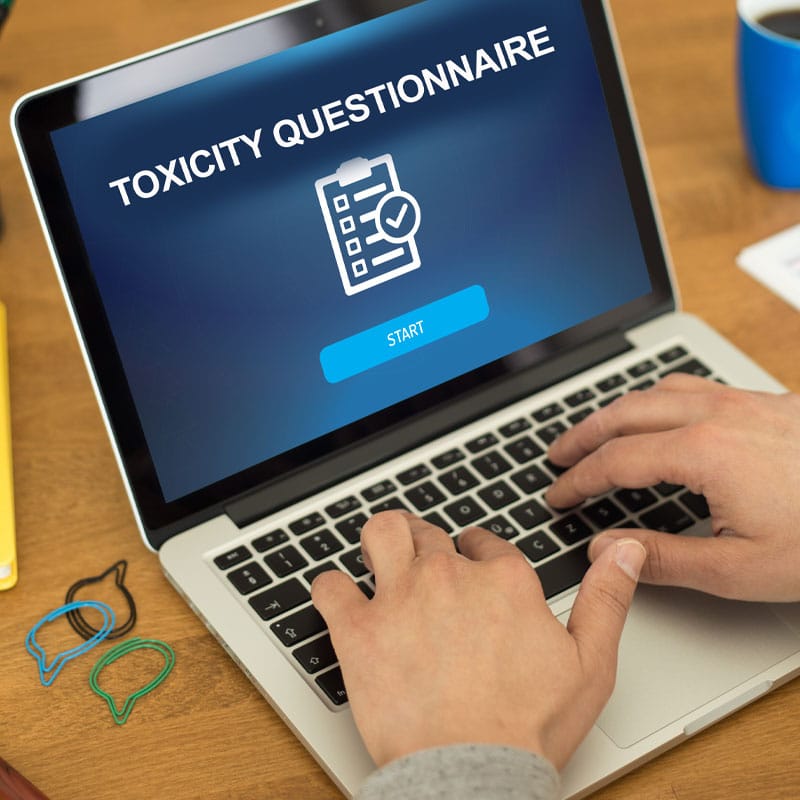Mindfulness is the art of being present to what is going on around you in the present rather than worrying about the future or fretting over the past. There are various benefits of mindfulness. Mindfulness involves being fully aware, fully present, and fully engaged with your current situation and environment. It sounds easy enough, doesn’t it?
In today’s fast paced world, we do not seem to have time to focus on the here and now. Instead, we are always thinking about things in the future and the what-ifs of life. A study by Harvard University found that distraction interferes with the brain’s natural rhythm. The study’s participants participated in eight weeks of mindful meditation. At the end of the study, the participants’ attention significantly improved.
Learning how to let go of the past and not worry about the future is the first step to a happy, healthy life. Letting go is difficult; however, it is possible to transform your thought processes. Here are some tips on how to let go and embrace the power of mindfulness.
Difference between Mindfulness and Anxiety
Mindfulness focuses your attention on the present. Conversely, anxiety focuses on past occurrences or future events. Mindfulness is a tool that you can use to help you maintain peace, perspective, and balance. All of these things work together to reduce anxiety and bring harmony into your life.
Benefits of Mindfulness
Practicing mindfulness regularly can help you react in a positive way. Scientific studies have discovered mindfulness helps to form new neural pathways, which help to improve brain function. As an individual begins practicing mindfulness, they will notice cognitive improvements, their productivity will increase, and their behavior will improve. 
Mindfulness is great for people of all ages. From kids to adults, mindfulness offers many benefits including-
- Improved behavior
- Improved concentration
- Increased body awareness
- Increased self-confidence
- Reduced ADHD symptoms
- Increased self-awareness – You will become less reactive to negative situations. Even when you are going through a bad situation, there are things you can be grateful for.
- Cognitive flexibility – This is the ability to switch between ideas and thought concepts, including multi-tasking. Multi-tasking allows us to effectively process information and increase our productivity. Although there are some drawbacks to multi-tasking, it can help improve your brain capacity and allow you to better handle your irrational responses and overreactive thoughts.
Incorporate Mindfulness in Your Daily Life
Incorporating mindfulness in your daily life can be simplified in two words – Slow Down.
- Take your time and be present while eating – Rather than rushing through your meals, take your time so you taste and enjoy your food.
- Be present during your commute to work or school – While you are on your way to work or school, slow down and really notice and enjoy your surroundings.
- Don’t react too quickly – When things do not go as planned or life becomes chaotic, it is easy to overreact. Learning to stop and consider how you will react and choosing the right reaction is a benefit you will see once you begin practicing mindfulness.
As you slow down, you will become more mindful. You will also be able to focus on the present, thereby improving productivity and increasing your enjoyment.
Tips to Boost Mindfulness
There are several ways to boost your mindfulness and slow down, including breath control, minimizing distractions, and getting enough sleep. Check out these tips to help you become more mindful and slow down.
Breath Control
Concentrating on your breathing, learning how to slow down, and becoming more mindful reduces anxiety and stress. Here are some breathing techniques you can use to bring a sense of calm to your body and mind.
- Equal Breathing – Equal breathing uses equal lengths of inhalations and exhalations to help balance your breathing. Begin by inhaling for a count of four and then exhaling for a count of four. As you become accustomed to this breathing exercise, you can increase the count to six or eight per breath. Equal breathing is designed to increase your focus, reduce your stress, and calm your nervous system.
- Abdominal Breathing – Abdominal breathing is used to increase oxygen in the body, which therefore increases alertness. As you continue practicing this type of breathing, your lung capacity will increase. To perform this type of breathing, inhale deeply through your nose, ensuring your diaphragm is completely inflated. Then slowly exhale, pushing all air out of your lungs. These are calm, slow breathing exercises. The goal is to take six to ten deep breaths each minute. Continue practicing this exercise for ten minutes to reduce blood pressure and heart rate.
- Alternate Nostril Breathing – This breathing technique equalizes the oxygen both sides of your brain receive. To begin, gently press pinch your right nostril to close it off. Breathe in deeply through your left nostril. Then, open your right nostril up and close your left nostril with your finger and exhale through your left nostril.
Mindfulness in the Workplace
Mindfulness can be used in the workplace to increase productivity. Meditation, yoga, and mindfulness can be done at lunchtime to help you recharge and renew your energy levels. Companies across America are beginning to realize the numerous benefits and have begun offering these onsite. Employee participation increases productivity and helps employees from different departments interact with each other.
Guided Meditation
Guided meditation is a great way to get started practicing mindfulness. There are numerous apps and other online resources that can help you start practicing meditation. Guided meditation can be used at the start of your day to increase your energy levels, self-confidence, and productivity. At night, guided meditation can help you relax and have a better night’s sleep.
If you are unsure about how to start practicing meditation, you are not alone. In the beginning, most people have difficulty staying on task. In the beginning, try meditating for five to ten minutes a day. The main thing is to keep practicing. As you become more accustomed to practicing meditation, you will be able to meditate for longer periods of time.
How We Can Help?
There are various benefits of mindfulness. Our team of holistic health practitioners understands the importance of balancing the mind and body. We will work with you to develop a stress relief program that includes dietary modifications, supplementation, mindfulness, and meditation. This will help improve your health and well-being.






















